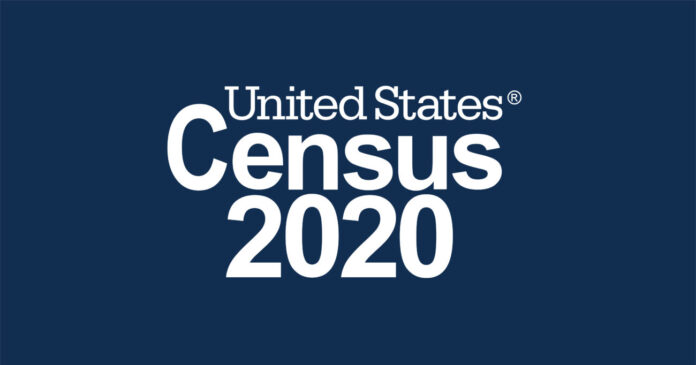HARLINGEN — Some officials in the Rio Grande Valley say they were blindsided by the U.S. Census Bureau’s announcement they are cutting the period of house-to-house contact by a month.
Manuel Cruz, executive director of the Lower Rio Grande Valley Development Council, said at a virtual meeting Wednesday the decision to end the in-person count, called the Non-Response Follow Up, on Sept. 30 instead of Oct. 31 came as a surprise.
“ As you all were as shocked as we were by their announcement of the shortening of the deadline for the census, we have to regroup here within the LRGVDC and see that we have to assess and evaluate our efforts with the census progress,” Cruz told the board.
Cruz praised several counties and cities which contributed funds and effort for a Census 2020 media campaign, singling out Hidalgo, Cameron and Willacy counties, and the cities of Brownsville, Harlingen, La Feria, San Benito, Edinburg and Weslaco.
Together the cities contributed $34,500 for a late media push to urge residents to comply with the Census 2020 count.
Nationally the Census 2020 response rate is now 64.6 percent as of Tuesday.
Texas ranks No. 38 among states with a response rate of 59.9 percent.
Here in the Valley, Cameron County has a rate of 48.6 percent, Willacy County is at 39.9 percent, Hidalgo County is at 50.8 percent and Starr County is at 44.8 percent.
Among larger cities, Brownsville is at 55.4 percent, Harlingen is 51.8 percent, Edinburg is at 61.87 percent and McAllen stands at 57.8 percent.
“ One thing that I think is very valuable is we now have our census tracts that are updated weekly, so you can really concentrate on your city or any area of the county where the response rate is particularly low,” said McAllen Mayor Jim Darling, who currently chairs the LRGVDC.
“ That’s probably what we need to do with this last month … to target that, help them knock on doors,” he added.
Perhaps understandably given the disruptions caused by COVID-19 shutdowns and other responses to the virus, the rate of households which have responded to Census 2020 lags behind the count at this time during Census 2010.
“ I think we’re still below the normal counts of 2010, but I know different agencies and cities are doing their best to go out there and advertise and get people counted, so that’s great,” Cruz said. “Push forward and, hopefully, we can accomplish it and at least get up above where we were in 2010.”




